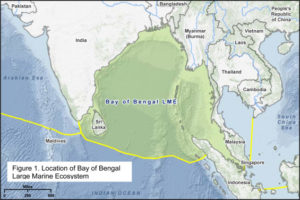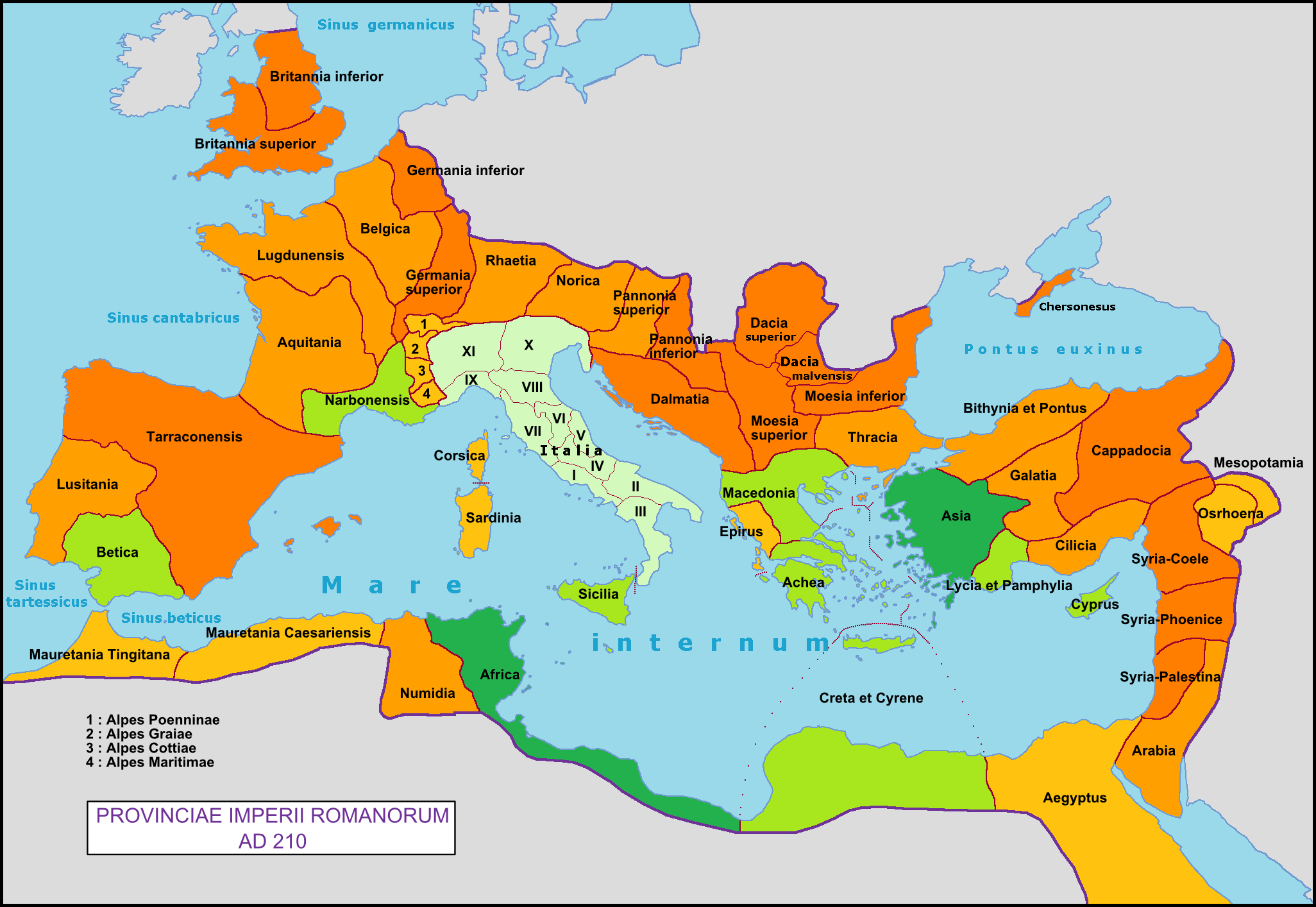India’s decision to stay out of the Regional Comprehensive Economic Partnership (RCEP) may increase Southeast Asia’s dependence on China, but a recently opened corridor between Thailand and Myanmar could ease those concerns by bringing new business opportunities for five ASEAN countries and India.
The Deltas of seafaring and commerce.
The new bridge – part of the East-West Economic Corridor between Thailand and Myanmar that opened a few weeks ago will give Cambodia, Laos, Myanmar, Thailand and Vietnam access to the vast Indian market and reduce heavy reliance on China, ET has learnt.
The second Thai-Myanmar Friendship Bridge across the Moei River, which connects Myawaddy, a city in Myanmar’s eastern region, and Mae Sot district in western Thailand, was built at a cost of about $140 million, according to the Thai government. Distribution of goods will become smoother on this new highway link.
The East-West Corridor is a project to build a large economic bloc along a 1,700-km land route from Vietnam to Myanmar via Laos and Thailand. From there, Southeast Asian states can gain access to India over the Bay of Bengal.
India has built a port at Sittwe in Myanmar, which will be linked to Mizoram state in the north via a multi-modal transport network. Besides, a highway connecting India with Thailand via Myanmar could become operational by 2020 and may be expanded to Vietnam. India and Thailand recently signed pacts for port connectivity, adding meat to the Act East Policy and the Indo-Pacific vision.
Besides, India is expediting a maritime connectivity link between the Andaman and Nicobar Islands and Aceh in Indonesia, where it will build a port in Sabang. India has major plans to expand its presence in the Ganga-Mekong region, which covers the five ASEAN states.
“These initiatives are to be linked with the eastern water grid that the Government of India is planning to develop over the Ganges, Brahmaputra, Brahmani and their tributaries. We should think about a multi-modal connectivity ecosystem in the Bay of Bengal region including encouraging these countries to explore digital connectivity,” Bipul Chatterjee, Executive Director, CUTS International, a leading public policy body, told ET.
Eastern Myanmar was initially designated as the western end of the East-West Economic Corridor. But it was extended to Yangon, the biggest city in Myanmar, and will be linked to the Thilawa Special Economic Zone, being built in collaboration with Japan, where Toyota Motor Corporation is building a plant.
“With completion of GMS’s East-West Economic Corridor, regional connectivity between india and Southeast Asia becomes stronger. Trilateral Highway connects GMS’s EWEC at Myanmar-Thailand border, further opening up prospects of value chain linkages between Northeast India and CLMV-T. We need to negotiate Motor Vehicle Agreement with Myanmar and Thailand to facilitate seamless movement of cargoes,” according to Prabir De Professor, ASEAN-India Centre (AIC), Research and Information System for Developing Countries (RIS).

Following the opening of the bridge, Myanmar and Thailand have begun testing their cross-border transport agreement, which allows passage for vehicles from both sides. The countries will issue licenses to logistics companies to directly transport goods between the Thilawa SEZ and Laem Chabang Port, Thailand’s largest maritime port. Construction of an arterial road is also ongoing in Vietnam, Laos and Thailand.
In Myanmar, while construction work had been hampered by ethnic conflicts in the border area, there has been some progress. The development of a 90-km section started about two years ago and the Myanmar government expects the road to open in 2021. Thereafter, transportation between Thailand and Myanmar will take less than 24 hours.
Author Dipanjan-roy-chaudhury




